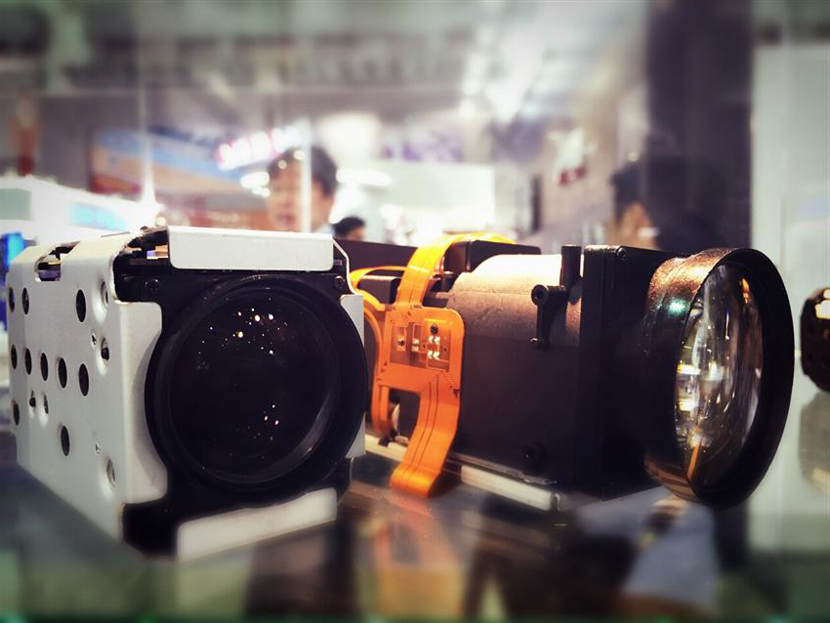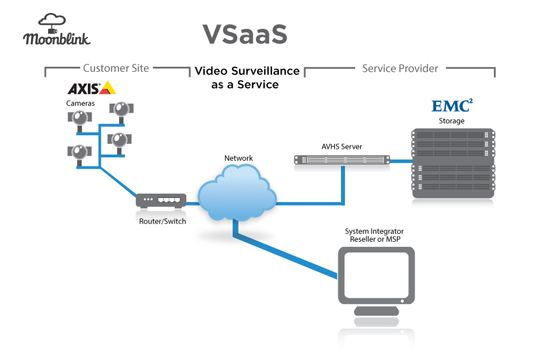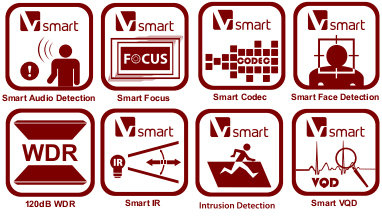
Video surveillance trends in 2015: What's next?
"Prediction is very difficult, especially if it's about the future." Price competition, merger-and-acquisition activity of some leading global product and software vendors, HD CCTV, Smart home and wearable technologies all of these variety of trends will have the greatest impact on video surveillance market. Apparently, "Internet of things" has become a reality. But among the factors determine the development of security industry, there are other trends.
In addition to the "Internet of Things" (IoT), the most popular debate subject in the video industry was the further development of high definition standard - a standard ultra high definition 4K, also known as Ultra HD. The idea is that this new standard should be the next jump in image quality, offering further expansion of coverage of HD cameras.
Offering high quality video is a key advantage of this new standard, and the main problem in the way of implementation - the need for optimization of bit rate under overload network bandwidth. This directly comes up the need to switch to more efficient digital video encoding algorithms - H.265. In past years, China manufacturers take the lead in H.265 technology. Dahua, Hikvision, Uniview, ZNV and more companies released H.265-based front-end IP cameras and back-end network video recorder for video storage. Most of recent developed models support 4K (approximate 8 megapixel resolution) standard.
Cloud storage and video management systems
Service model, characterized by the VSaaS (Video surveillance-as-a-service) is becoming more popular, especially in the wake of concerns of home and business safety. The research company - Transparency Market Research predicts growth of total volume of the surveillance and cloud services will grow 19.1% per year in the period until 2019; By the end of forecast period, the total sales turnover will reach 42.91 billion US dollars. At this rate of growth of the market, the market of network system and equipment will be higher than the industry average, and the overall growth in this period will reach to 24.2% yearly.

Professionals are discussing Cloud storage for several years, but their mass implementation is still only just beginning. The benefits of the "cloud" are almost unlimited storage capability available and you can expand to the application and/or customer's requirements, most cloud services offer redundancy, ie: less likely to lose data than with local storage. Other than setting up the cameras, there is no other infrastructure required for the dealer to sell, setup, install and configure, and most cloud storage services will allow you to access the video from any-where.
Video surveillance in 2015
Scalable systems, by this way, does not mean user need to add new cameras to the video surveillance solution - it can also refer to the capacity of processing power and storage volume of budget, as well as the transition to a higher resolution image and increase frame rate. Motivation for increased computing power is often based on how to prepare the system for the smart video analysis - for example, to operate massive databases of automatic number plate recognition (ANPR).
Another advantage is the ease of cloud data to third parties, to perform various security and analytic functions on the contract or on duty (for example, security companies and law enforcement agencies).
During 2015 cloud video storage volumes will steadily gain. A study conducted by organization Centre for Retail Research in UK, showed that 82% of retailers prefer to access the video from their video surveillance systems remotely, and 68% clearly prefer mobile phones as the video monitors.
Video analytics, Business Intelligence and Big Data
Video analytics is waiting in the wings for a long time, but it will come. It seems since the rising of customers, service providers will face the problem of "big data." The "big data" are actually three factors - size, volume, speed. High resolution network cameras and the demand for remote access to the video over the Internet led to a huge increase in the load on the data channels. Smart analytics - the only way to reduce these volumes is converting "raw" data to the media logic data which is many times smaller volume structured data.

However, retail is possible to implement more sophisticated video analytics applications - analysis of consumer behavior, statistics collection, called "heat map" estimate age and gender characteristics of the mass consumer, etc. In a joint analysis of structured and unstructured data - including, for example, information from social networks, price lists of competing outlets, public transport schedules, etc. - An experienced business analyst can get very valuable insights that enable the organization to bring in a competitive leaders.
Video compression and the load on network capacity
Video compression technology aimed at the elimination of redundant elements in the flow of digital information. The higher of the compression ratio can reduce the burden on the network bandwidth and reduce the amount of the operational and archival footage. Thus, if a codec can preserve maximum image quality data and the number of distinguishable components in the image, it is considered preferable for use. However, this optimization is one more factor should be taken into account - the load on the computing power of the encoder and decoder.
Currently, the video surveillance industry prevails H.264 codec, in due time provide significant efficiency gains for all indicators; its implementation largely contributed to the natural growth of the information technology industry processor capacity. At the same time the arrival of the mass market of megapixel technology and the prospect of the introduction of ultra-high-definition television set the effectiveness of this method of video compression into question. Existing technology is still "room to grow", but it is already thronging more efficient codec H.265, at the moment much more "greedy" in terms of the load on the CPU power of encoders and decoders. The gain in the load on the network bandwidth and / or the need volumes means of recording and storing video data there may be up to 50%. However, at the moment of introduction H.265 virtually isolated, and in the short term it is likely to be limited to the use of cameras class hi-end. In any case, these two codecs will have to coexist for some years; may some cameras will be implemented with both H.264 and H.265 video compression technologies.